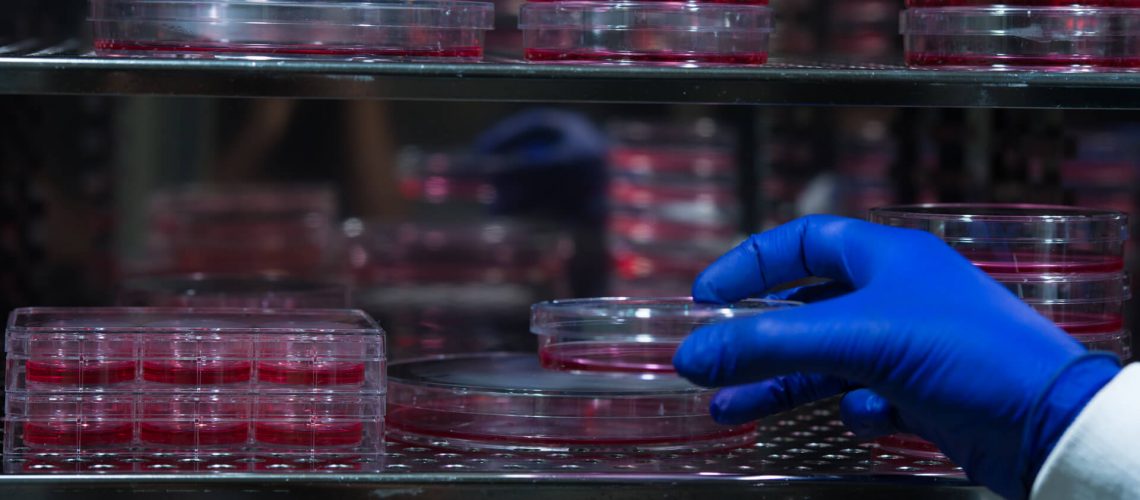This project has recently concluded; further information will be published in the near future.
Applied StemCell, Inc.
Principal Investigator: Dr. Ruby Yanru Chen-Tsai
The CRISPR/Cas9 gene editing system has the ability to make precisely-targeted changes in the genetic sequence – a clear strength of the platform – but is limited in its lack of an obvious delivery mechanism. It’s reasonably easy to use CRISPR/Cas9 to modify individual cells, but there is no known (or clearly-foreseeable) way to deliver the system to human tissues in vivo while still retaining strong precision and without the risk of either silencing or mutating introduced or non-targeted genes.
Moreover, CRISPR/Cas9 is really only able to make relatively small changes to an existing gene. That’s great for correcting small but catastrophic mutations in existing genes, or rendering genes with a toxic gain-of-function inoperable — but it’s not much use for delivering the new genes that will be necessary to take advantage of it for delivery of rejuvenation biotechnologies.
The Maximally-Modifiable Mouse project aims to overcome this problem by allowing us to make use of a powerful gene insertion system (the integrase) used by phages — viruses that target bacteria as their hosts. The mycobacteriophage Bxb1 catalyzes precisely-targeted, one-way insertion of even very large genes into the host genome. Unfortunately, mammals lack the genetic “docking sites” that this integrase targets. To enable the development of models of diseases of aging and the rapid testing and eventual human delivery of rejuvenation biotechnologies, SENS Research Foundation has been funding Stanford gene therapy spinoff Applied StemCell (ASC) to create a line of Maximally-Modifiable Mice (MMM). The MMM will have two of the needed docking sites engineered directly into their genomes, which will then be ready for the insertion of new therapeutic transgenes at any time during the lifespan.
Research Highlights:
Currently, ASC is testing the ability of the system to deliver and integrate convenient test genes into the mice’s cells in vivo. They will then test the expression and functional protein production of those genes. We are especially excited by the potential to use this technology to both develop better models in which to test the allotopically-expressed mitochondrial genes that our in-house Mito team has been testing in cells, and to deliver those genes and actually test them in such mice.



